Birdsong is the most uplifting of natural sounds, raising our spirits from late winter onwards. Some species such as robins tend to sing all year round but for most songbird species, the longer days after Christmas spell the start of the breeding season and more and more of them start to sing. Some, like the great tit, offer little more than uplifting two-note songs while blackbirds and song thrushes have more elaborate melodies.
By mid February, there will be quite a chorus of birdsong, which is swelled from mid March by the arrival of migrants such as warblers. But by the end of June, when many birds are busy with raising young, the chorus of birdsong dies away, leaving the countryside rather quiet for much of the summer and autumn.
Learn how to identify British birds with our essential birdsong guide, including advice on how to improve your identification skills. We've also rounded up a selection of bird identification books and the best foods to feed wild birds.
What is a songbird?
Essentially, a songbird is a small to medium-sized bird that has a springtime breeding song. Scientifically speaking, a songbird is a member of the order of birds called Passeriformes (in Latin this literally means "sparrow-sized" though Passeriformes also include the crow family. The raven is regarded as the world's largest songbird but its rasping, kronking call is hardly a melody). They are also sometimes known as 'perching birds', which is derived from their foot structure: three forward-pointing toes and one that points backwards, enabling them to grasp a twig or other perch to stand on.
Confusingly, not all songbird species sing – and not all singing birds are songbirds. For instance, the turtle dove included in this list is not strictly a song bird but we felt its tune was worthy of inclusion.
Why do birds sing?
Almost all birds communicate through calls – telling each other about danger or perhaps where there is a good roosting spot or food supply. And a great deal of bird call is simply to keep in contact with others. The more complex bird songs are very different. Performed almost solely by the male, the song has a key purpose: to show how fit and healthy he is to potential mates – and that he is strong enough to maintain a territory full of food and good for nesting in. Scientists have discovered that females tend to be drawn to a male with a stronger, more varied song. The song also tells rival males to keep out.
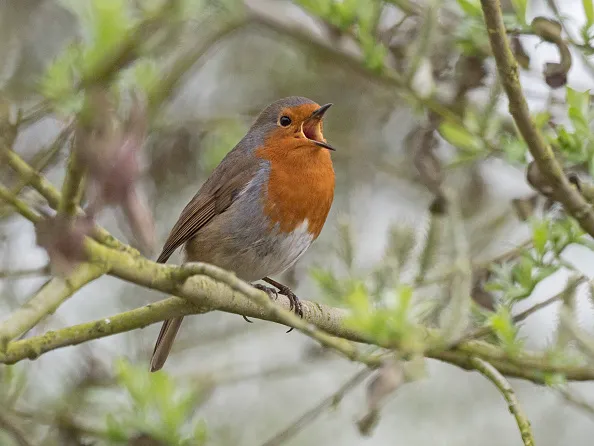
What time of year is best for birdsong?
You can hear birdsong from late December onwards but it becomes much stronger and louder as the days lengthen. Late winter and early spring is when birds are looking for mates and beginning nesting. They time the hatching and fledging of their young to coincide with warmer weather and more food in the form of spring and summer insects. Many resident bird species begin their courtship songs in early February and they are joining from March to May by many tuneful migrant songsters. By July, most birds fall silent.
What is the best time of day to hear birdsong?
While most species will sing throughout the day, the best time to hear birdsong is usually early in the morning, just before dawn. If you visit a woodland at daybreak in April or May, you will hear a marvellous symphony of birds – where many species sing together. As fewer humans are up and about, making noise, the birdsong is all the more dominant – birdsong can travel up to 20 times further without the usual background noise.
Ornithologists also believe that birds sing at dawn because it may be too dark for predators to see them. Plus, as the day warms, insects become more active and the birds will turn their attention to feeding.
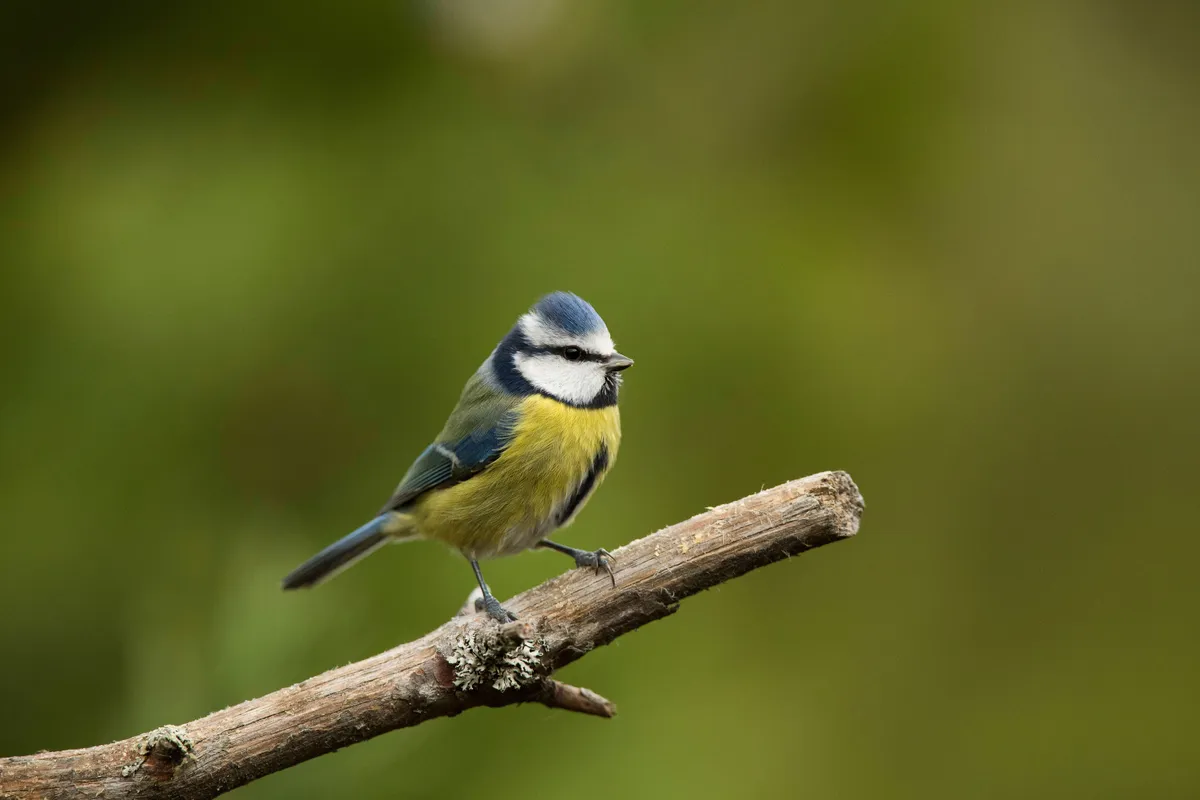
How to identify songbirds
Here is our guide to 15 of Britain's finest songbird singers. We've also included a link to each birdsong to help you identify each species.
15. Dunnock
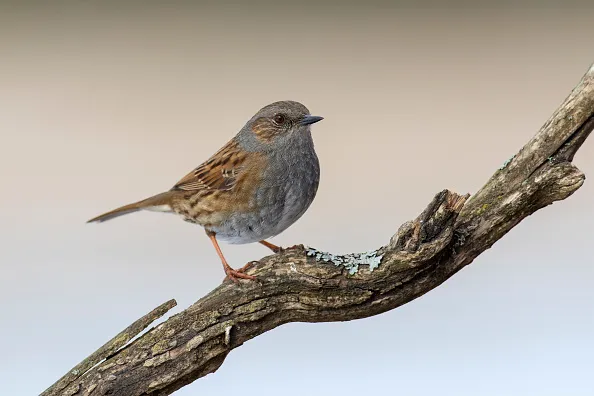
A garden, park, woodland and hedgerow regular, the small brown, sparrow-like bird with a grey head and thin beak offers a trill a bit like a rotating squeaky wheel. It’s a fresh, surprising sound and often heard very early in the year, from mid January onwards.
Listen to the dunnock
14. Chaffinch
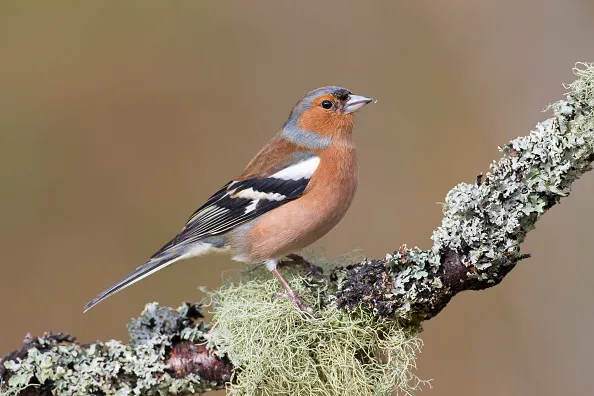
In the 1950s and 60s, it was probably Britain’s most common bird but, despite declines, this handsome finch can still be heard singing from large garden trees, the tops of hedgerows and the edge of woods. The song is a pleasing accelerating chatter that only really gets into its stride from April onwards and is the perfect accompaniment to drowsy May and June days.
Listen to the chaffinch
13. Great tit
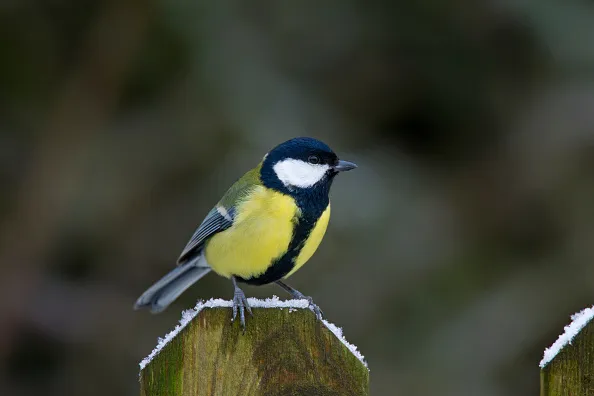
Another early harbinger of spring, the great tit sings on sunny days from January but becomes much quieter by late April, when it is busy with feeding nestlings. It has a huge repertoire of wheezes, trills and two-note calls. Not noticeably beautiful but the far-carrying “tee-cher, tee-cher” song is hugely uplifting in early spring woodlands.
Listen to the great tit
12. Goldfinch
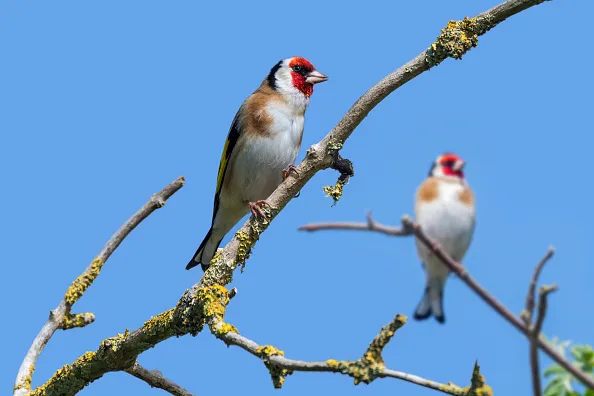
Offering delightful tinkling metallic songs and calls in flight, the goldfinch has become a much more common garden and hedgerow bird in recent years as the RSPB's annual Big Garden Birdwatch has confirmed. Its hyperactive song, usually delivered from tall trees, combines tinny notes, fluting and rattles. It’s distinctive but not melodious enough to make the top 10.
Listen to the goldfinch
11. Nuthatch
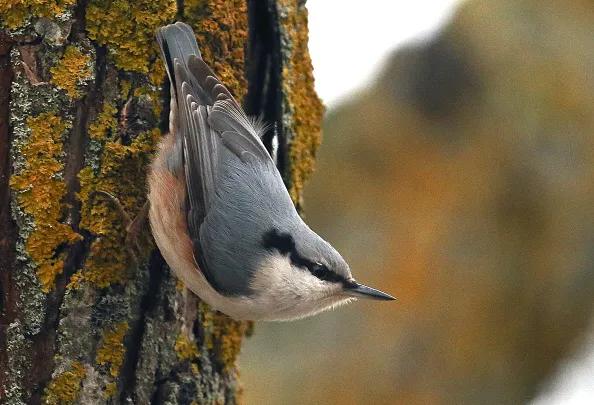
The kingfisher of the woods – the dapper nuthatch clings woodpecker like to tree trunks and branches producing a bewildering array of piping notes – “tew, tew, tew” and metallic trills that reverberate through deciduous woods from January to August. Once you get your ear in, you will hear nuthatches everywhere. You will also very likely hear the tap-tap-tap-crack sound of the nuthatch 'hatcheting' nuts to get at the tasty kernels.
Listen to the nuthatch
10. Turtle dove
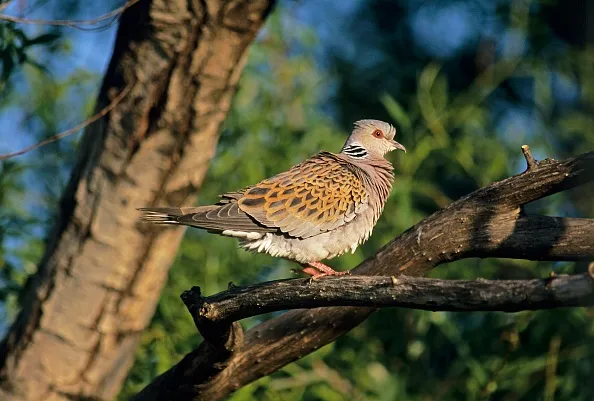
Not a songbird in the strictest sense but this summer migrant’s soporific purr is the lullaby of farmland copses, heathy edges and downland scrub in the south and east of England. Our smallest and most beautiful pigeon is sadly in terrible decline so the song is unheard by most of us – fewer than 3,000 pairs visit the UK now whereas just 40 years ago, the number was nearer 100,000. But it remains a summer-long treasure. A special shout out for the brooding hoot of the more common stock dove, too.
Listen to the turtle dove
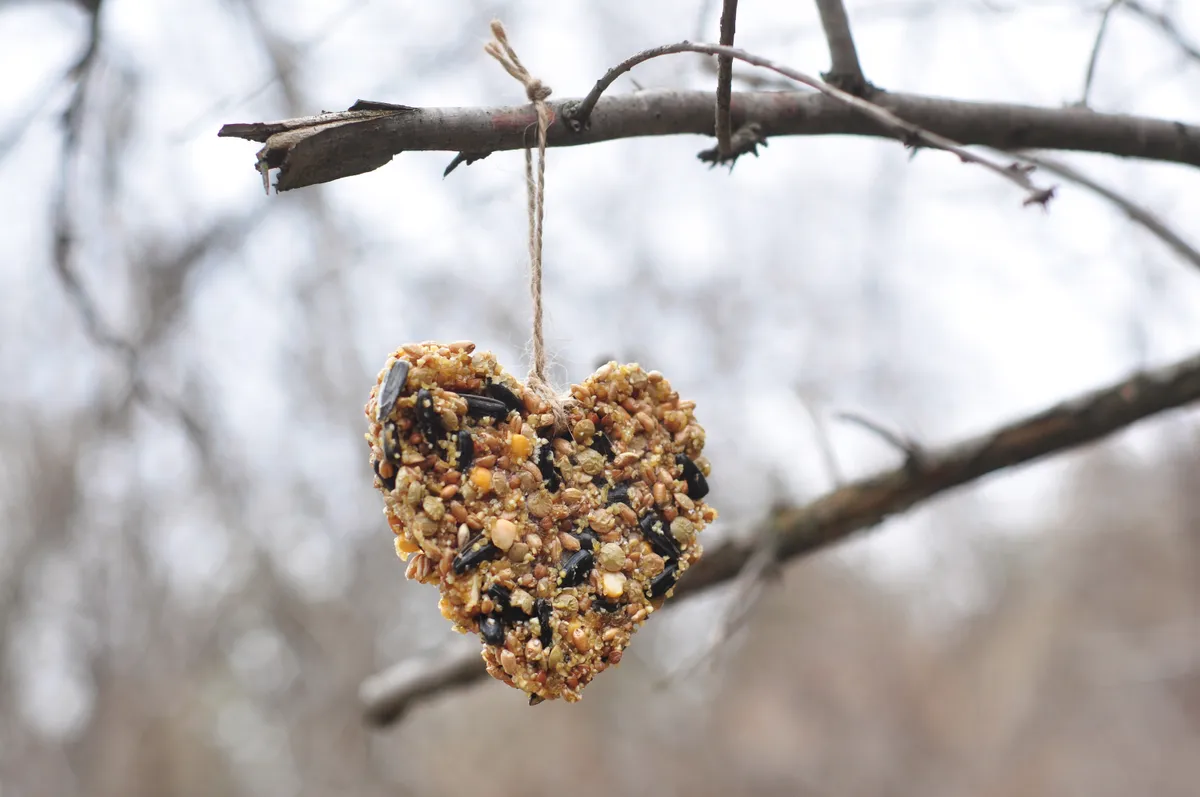
9. Robin

Potentially could be higher on the list, the robin’s rapid, high-pitched melodies trail off wistfully – and are familiar to anyone who has ever gone outside. Lovely and, thankfully, one of the commonest birdsongs you’ll hear today. Uniquely, robins sing throughout winter and even through the night in some cities. A total joy.
Listen to the robin
8. Willow warbler
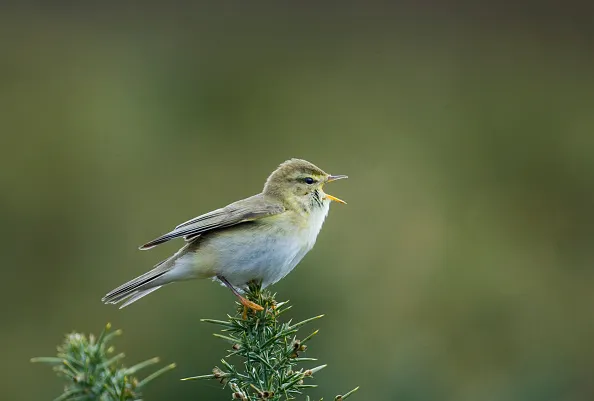
A liquid cascade of notes tumbling from riverside alders (and sometimes willows) but most often heard among scrubby hawthorns in upland areas. This tiny yellow-green warbler is a summer visitor, appearing from the second week of April. It often passes through cities where its silvery notes bring a bit of the wild briefly to urban parks and railway cuttings.
Listen to the willow warbler
7. Mistle thrush
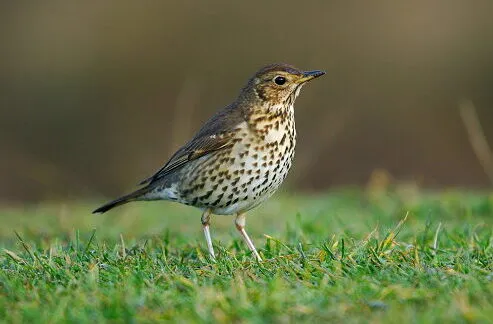
The saddest sounding song on the list – the sweet, questioning plaintive phrases of the mistle thrush drift from the edges of woods and evoke a sense of longing for nature in anyone hearing it. This large thrush often sings on through gales and rain, earning it the nickname “stormcock”. The mistle thrush also has a distinctive rattling call, very like a 1970s football rattle.
Listen to the mistle thrush
6. Blackcap
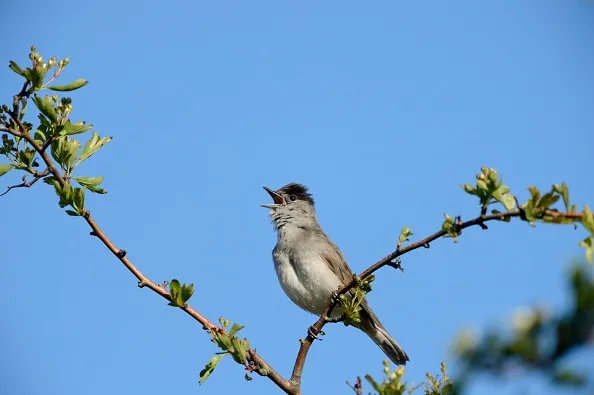
Not for nothing is this little migrant known as the northern nightingale as it pipes up from thickets and garden hedges. Arriving in mid March, it sings a robin-like song but with richer, more rounded, more confident notes. The male has the black cap, the female a smart brown one.
Listen to the blackcap
5. Skylark
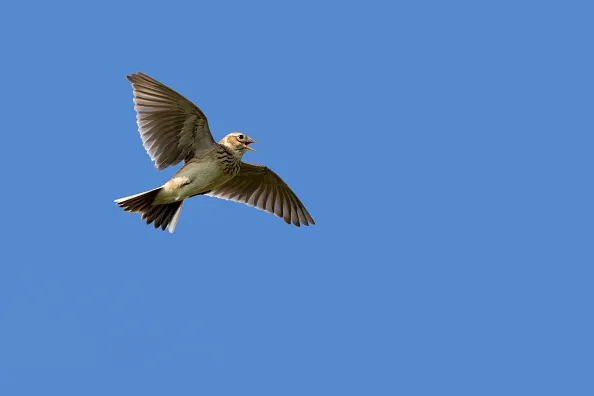
Perhaps the most evocative of all British bird songs, the skylark’s unremitting ode to joy as it rises and spirals in the skies above moorland, meadow and marsh have inspired composers and writers everywhere. A magnificently uplifting and provoking sky chatter, particularly when the diminutive small brown songster disappears into the deep blue above. Best listened for on downland, moorland and coastal meadows and saltmarshes.
Listen to the skylark
4. Nightingale
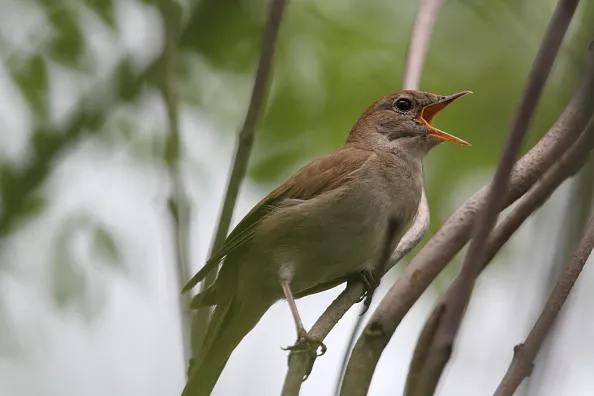
Many would argue that the nightingale should be number one. The powerful, stunningly clear fluted notes delivered in short, ever-varying bursts lights up the dusk thicket. No other species is so vocal and yet so seldom seen – and no bird can rival how it dominates its surroundings with such a glorious and penetrating song. Extremely hard to find in Britain today outside of old coppiced woodlands in Sussex, Kent, Suffolk and Hampshire.
Listen to the nightingale
3. Song thrush
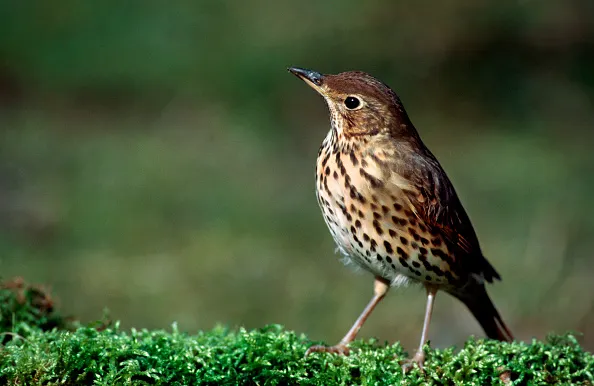
We think the song thrush matches the nightingale and then some with a rich, beautiful and varied song style. It repeats its cascading phrases so that we get to know them – once memorable phrase includes “snowy, snowy, snowy”. Despite declines, this resident thrush with a speckled chest is still familiar to most of us.
Listen to the song thrush
2. Blackbird
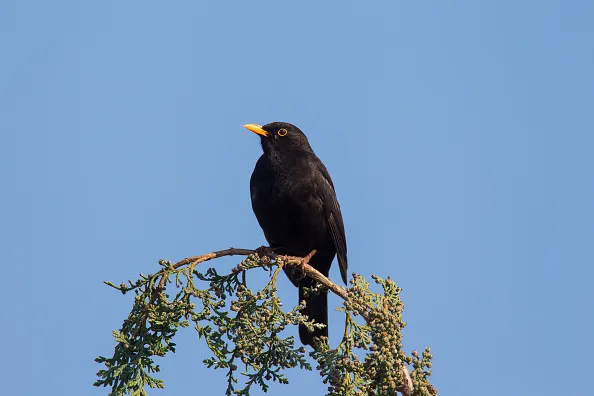
Warm spring evenings and lazy blackbird song are the stuff of the best childhood memories. And for adults, the perfect accompaniment to a G&T in the garden. This classy seductive sometimes inquisitive warble is still wonderfully common across Britain and, if the bird was rarer, we would travel many miles to hear it.
Find out more about the blackbird in our special species guide.
Listen to the blackbird
1. Woodlark
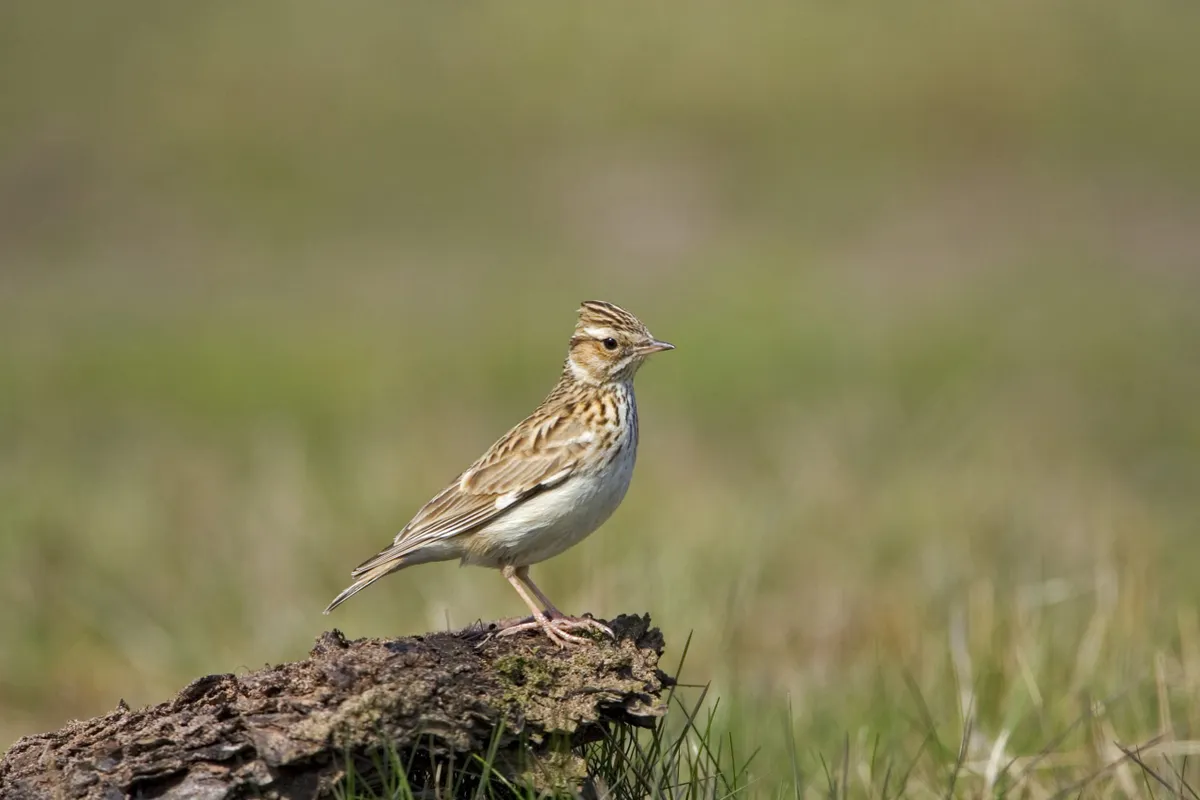
A tear-jerkingly lovely cascade of pearly notes but varied each time to create a stunning wild solo. Not well known as this species clings to our rare lowland heaths where it delivers its virtuoso performances mostly in early spring. But what a song – a hauntingly beautiful evocation of the strange landscapes it calls home, delivered from the tallest trees or in wide circular flights. Next year, make a pilgrimage to hear one. Listen to our podcast on the woodlark, recording in 2020 on Chobham Common in Surrey.
Listen to the woodlark
A beginner's guide to identifying songbirds
Jess Price, from the Sussex Wildlife Trust, explains how to brush up your identification skills.
Get an early start
In the south singing birds really hit their peak in late April and early May. Walking through woodland at dawn can be a fabulous experience, but for those of us trying to identify birds it can be pretty overwhelming. In January and February a much smaller number of species are singing so by starting to learn songs now you can work you way up to the full dawn chorus in a few months time.
Take baby steps
Take the time to learn just a couple of species really well before adding anymore. For most people the easiest birds to start with are those that a regularly heard singing in gardens and parks such as robin, blackbird, wren and dunnock. Once you can confidently identify these, try adding in some others.
Visualise
It will really help you to remember a song if you associate it with something you can visualise in your mind. For example when I hear the descending song of a chaffinch I always see a cricketer running up to the crease and bowling a ball with a flourish. This particular association may not work for everyone, so when listening to a song spend time thinking about what will work for you.
Embrace technology
There is now a huge range of bird song phone apps, CDs and websites available to help you. Before you go out into the garden, spend 10 minutes listening to two or three species that you think you might hear. This will be even more effective if you can refer to the description of the song and picture of the bird in your bird guide at the same time. You might even like to annotate this with little notes of what the song reminds you of. The website Xeno-Canto is great resource.
But remember that listing to a recording is very different to hearing a bird outside with leaves rustling, dogs barking and other birds singing. So make sure you spend lots of time outside just sitting and focusing on what you can hear.
Spend time with an expert
Learning from around an expert can be a huge help. You might like to join a local birding group or attend one of The Wildlife Trusts’ fantastic bird courses.

